
Installation view of Betye Saar: Call and Response, at the Los Angeles County Museum of Art © Betye Saar, photo © Museum Associates/ LACMA
Following a major exhibition at MoMA at the end of last year, Betye Saar’s latest solo show Call and Response at the Los Angeles County Museum of Art is the first ever to focus on the artist’s sketchbooks. Spanning the entire length of the artist’s career, the show examines the relationship betwecen her sketches and finished works by showing 18 sculptures and collages alongside annotated drawings.
Follow LUX on Instagram: luxthemagazine
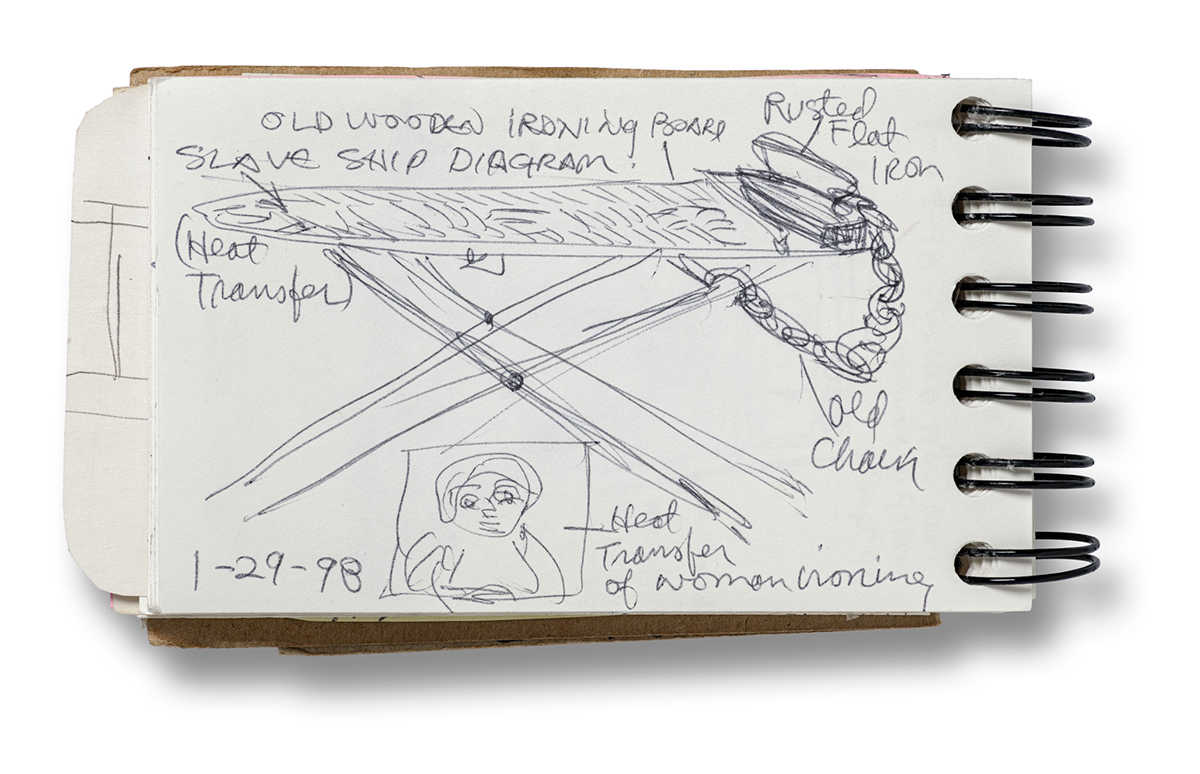
Sketchbook (1998) by Betye Saar. Collection of Betye Saar, courtesy of the artist and Roberts Projects, Los Angeles, © Betye Saar, photo © Museum Associates/ LACMA

I’ll Bend But I Will Not Break (1998) by Betye Saar. Los Angeles County Museum of Art, Gift of Lynda and Stewart Resnick through the 2018 Collectors Committee, © Betye Saar
Saar’s practice is primarily one of assemblage in which she builds sculptures from household objects to examine issues of race, gender, and spirituality. I’ll Bend But I Will Not Break (1998), for example, is created from a vintage ironing board that the artist found in a flea market. In the finished work, a flatiron is chained to the leg of the ironing board, which has two images printed onto its surface: one is a 18th century British diagram of the packed hold of a slave ship in the Middle Passage between Africa and the Caribbean, and the other is a photograph of a black woman bent over her ironing.
Behind this assemblage, hangs a crisp white sheet clipped to a clothesline as if straight off the ironing board; in barely visible thread, the sheet bears an embroidered monogram: KKK. Viewed alongside the sketchbooks and accompanying annotations, this complex artwork is metaphorically disassembled, allowing the viewer to both recognise and appreciate the unification of the parts.

A Loss of Innocence (1998) courtesy of the artist and Roberts Projects, Los Angeles, © Betye Saar, Photo courtesy Scottsdale Museum of Contemporary Art, Scottsdale, AZ, by Tim Lanterman
Whilst the exhibition is on a smaller scale than some of the artist’s recent museum shows (the work fills only one room), Call and Response offers a rare insight into Saar’s creative process.
‘Betye Saar: Call and Response’ runs 5 April 2020 until at LACMA’s Resnick Pavilion. For more information visit: lacma.org/art/exhibition/betye-saar-call-and-response


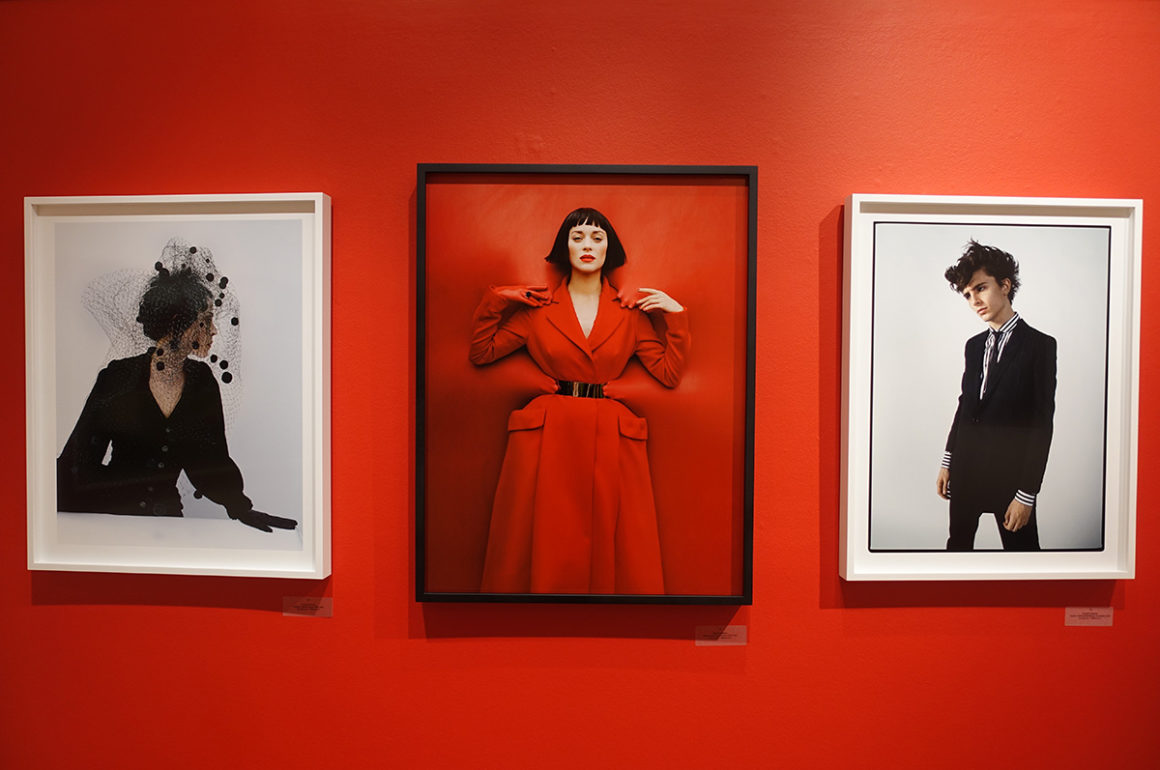




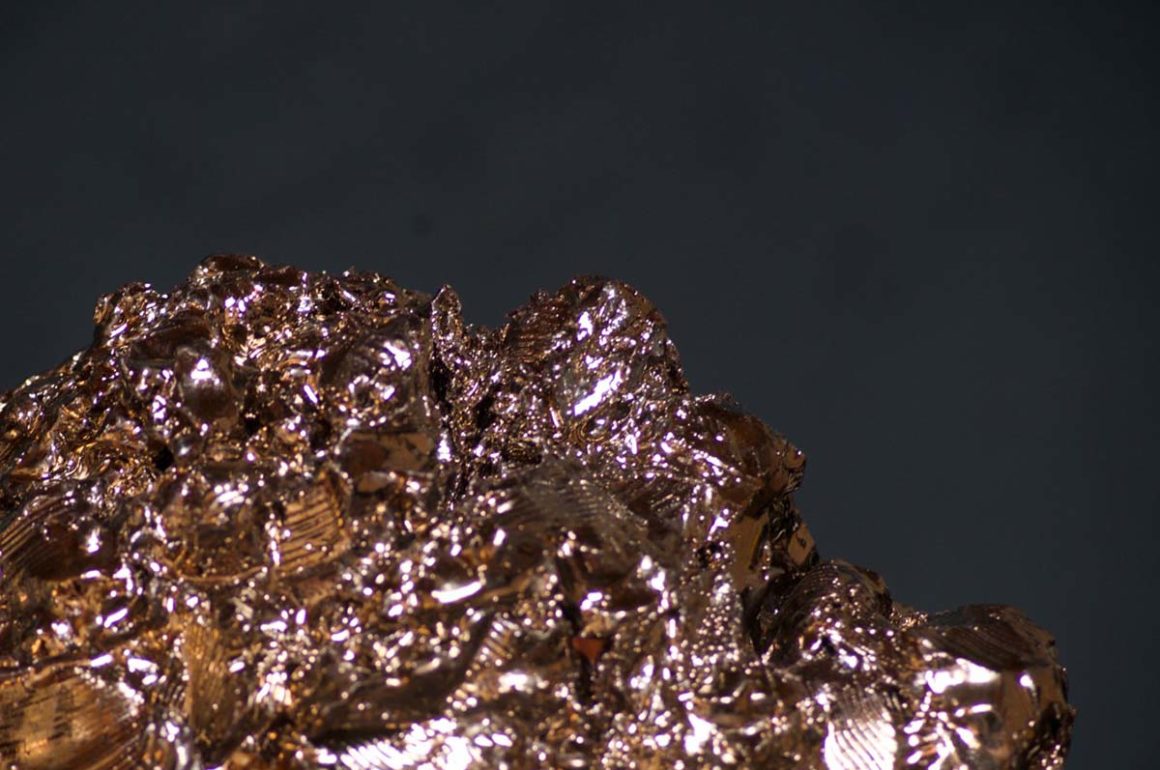



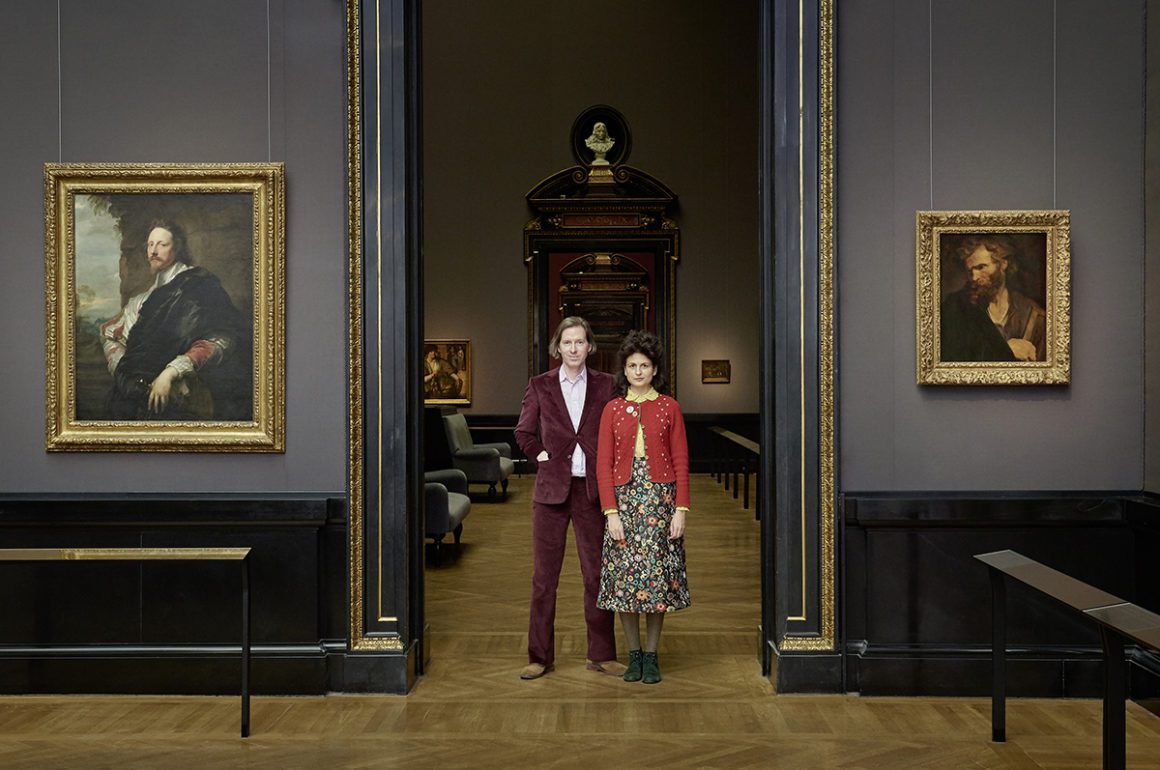

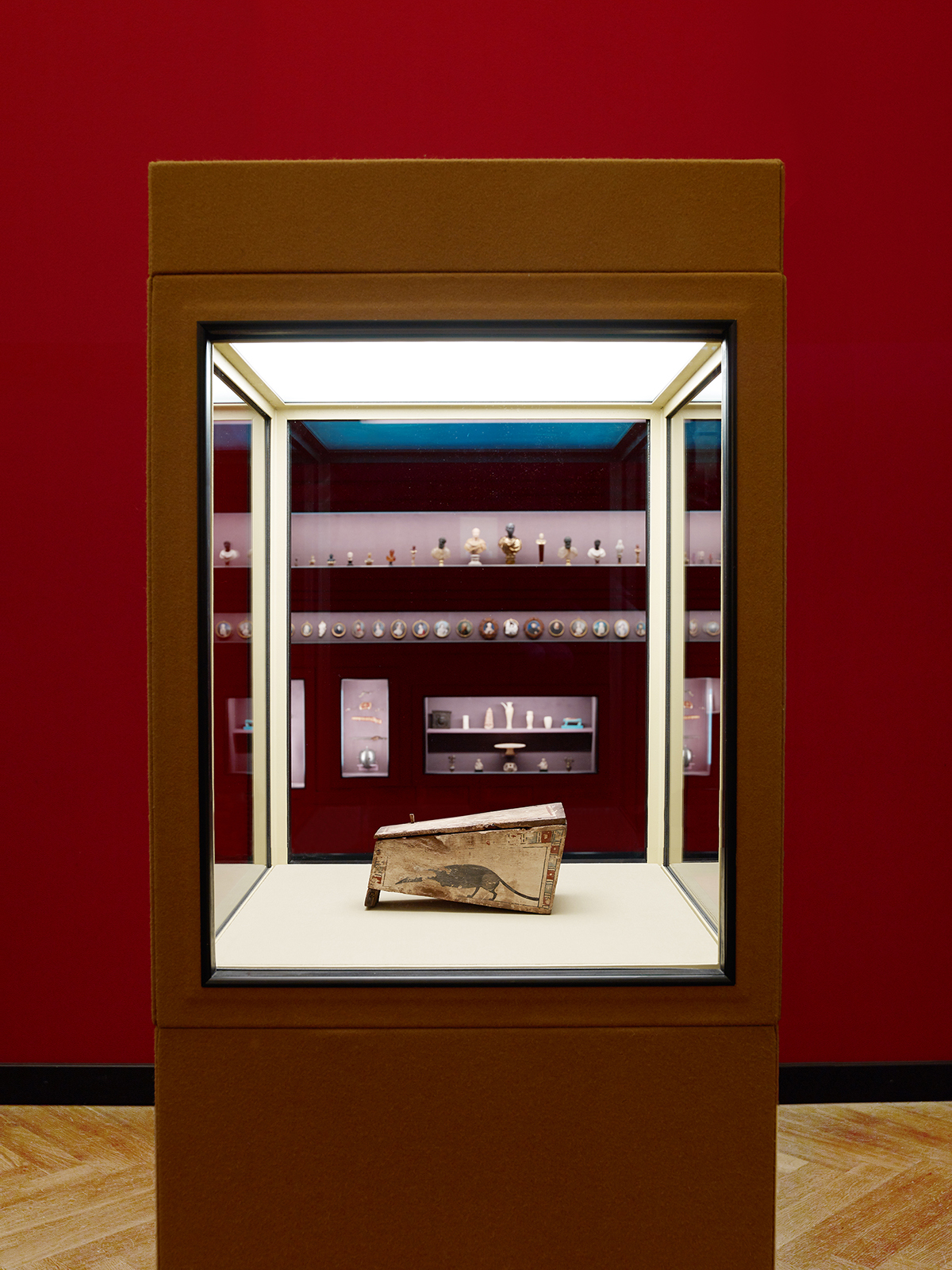
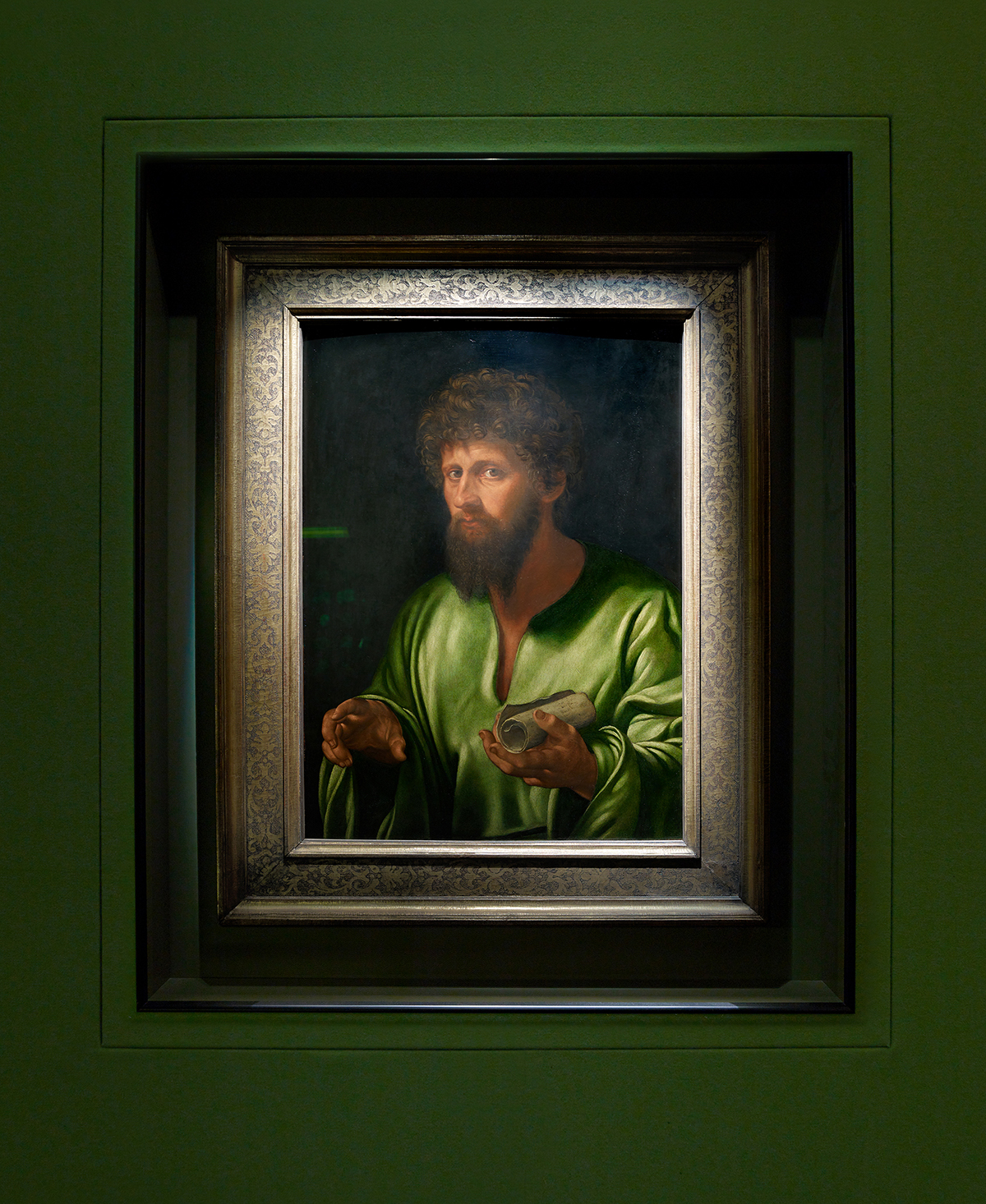






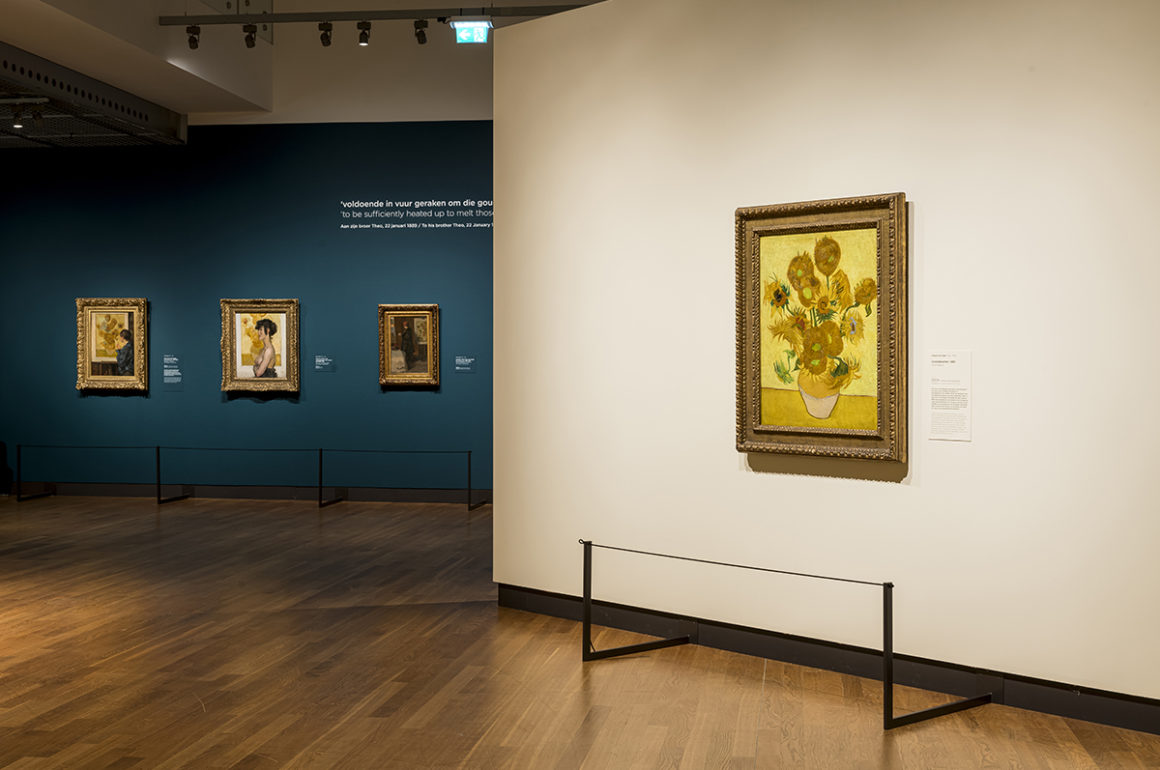






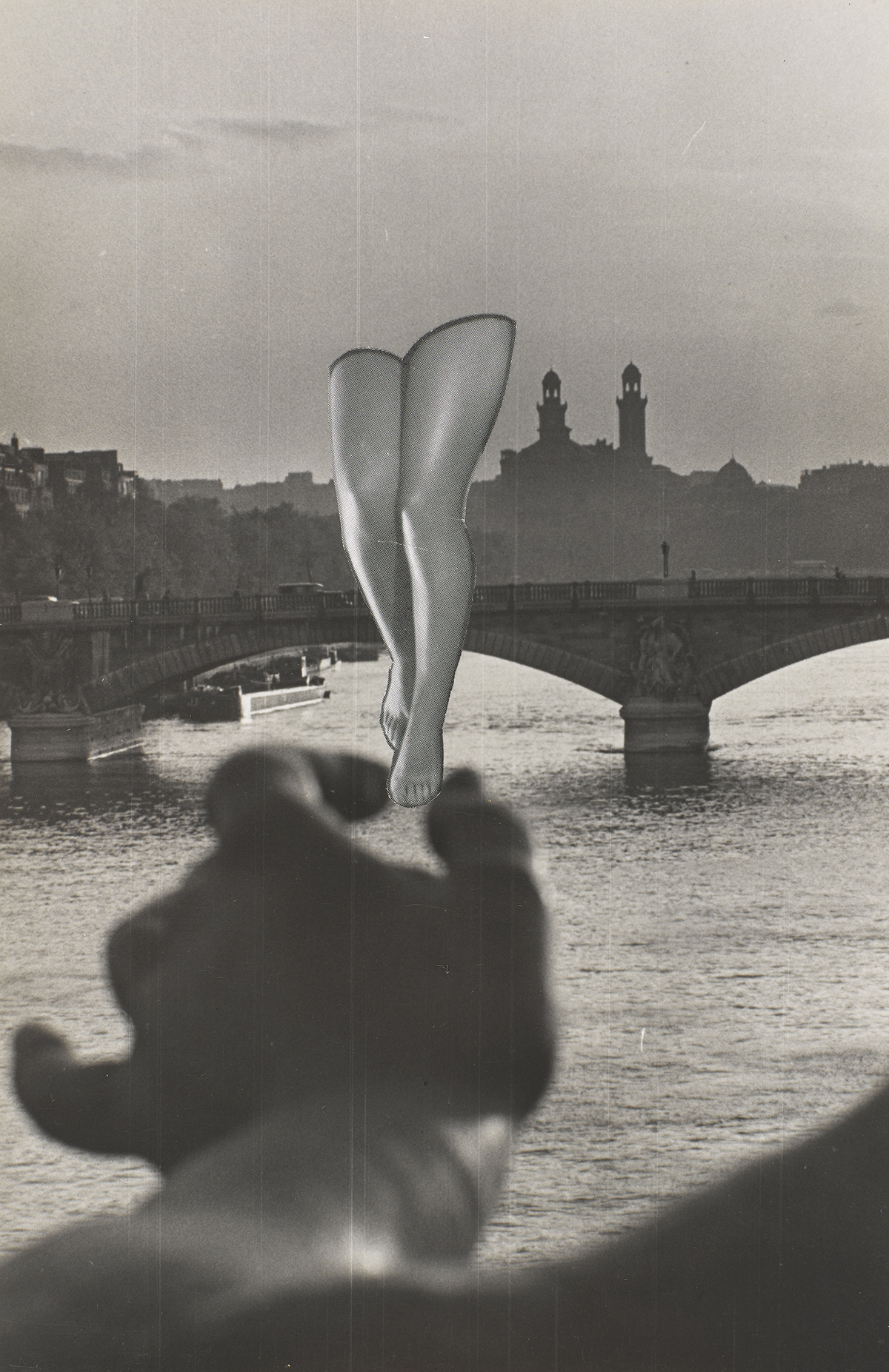




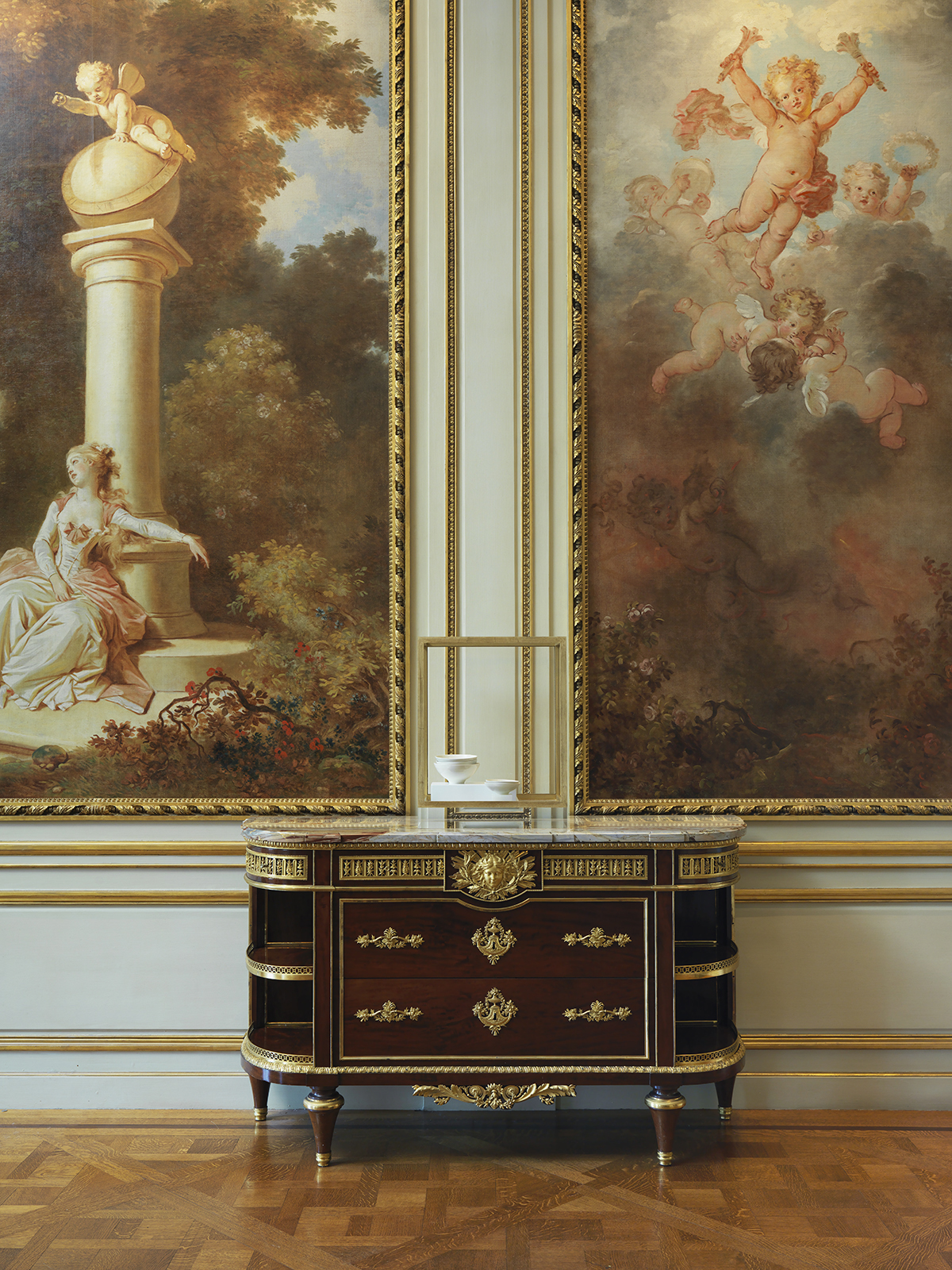
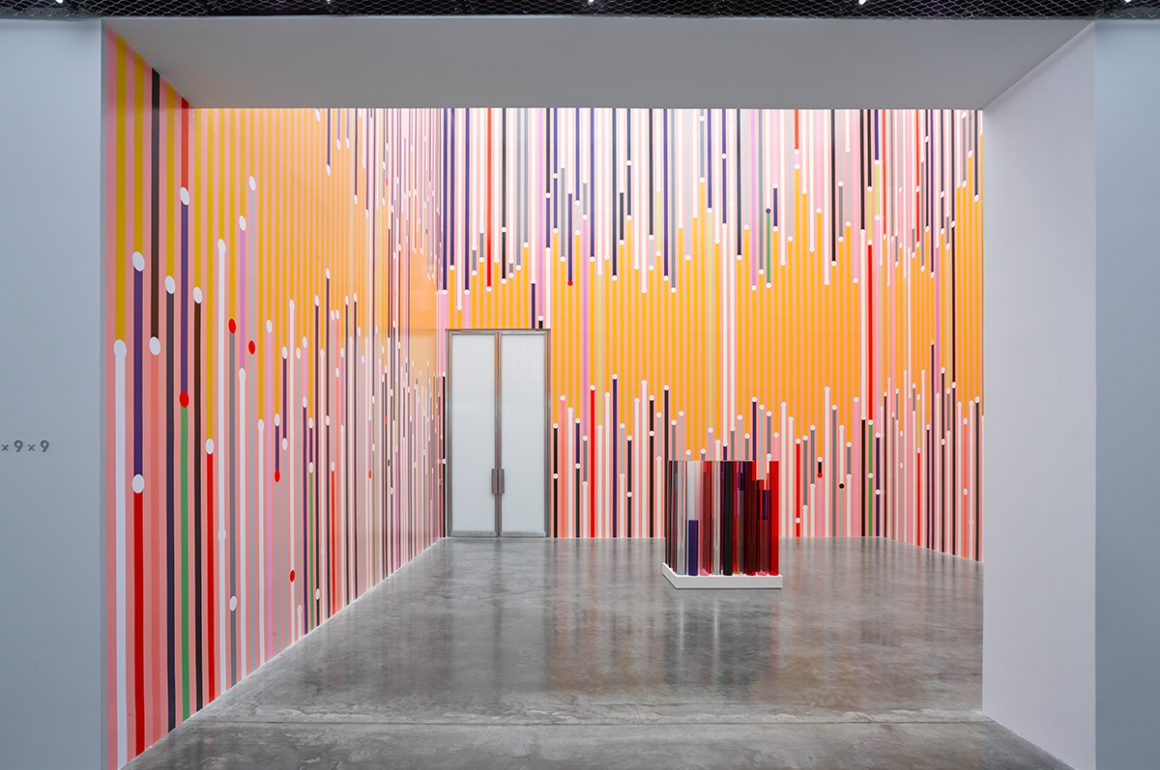
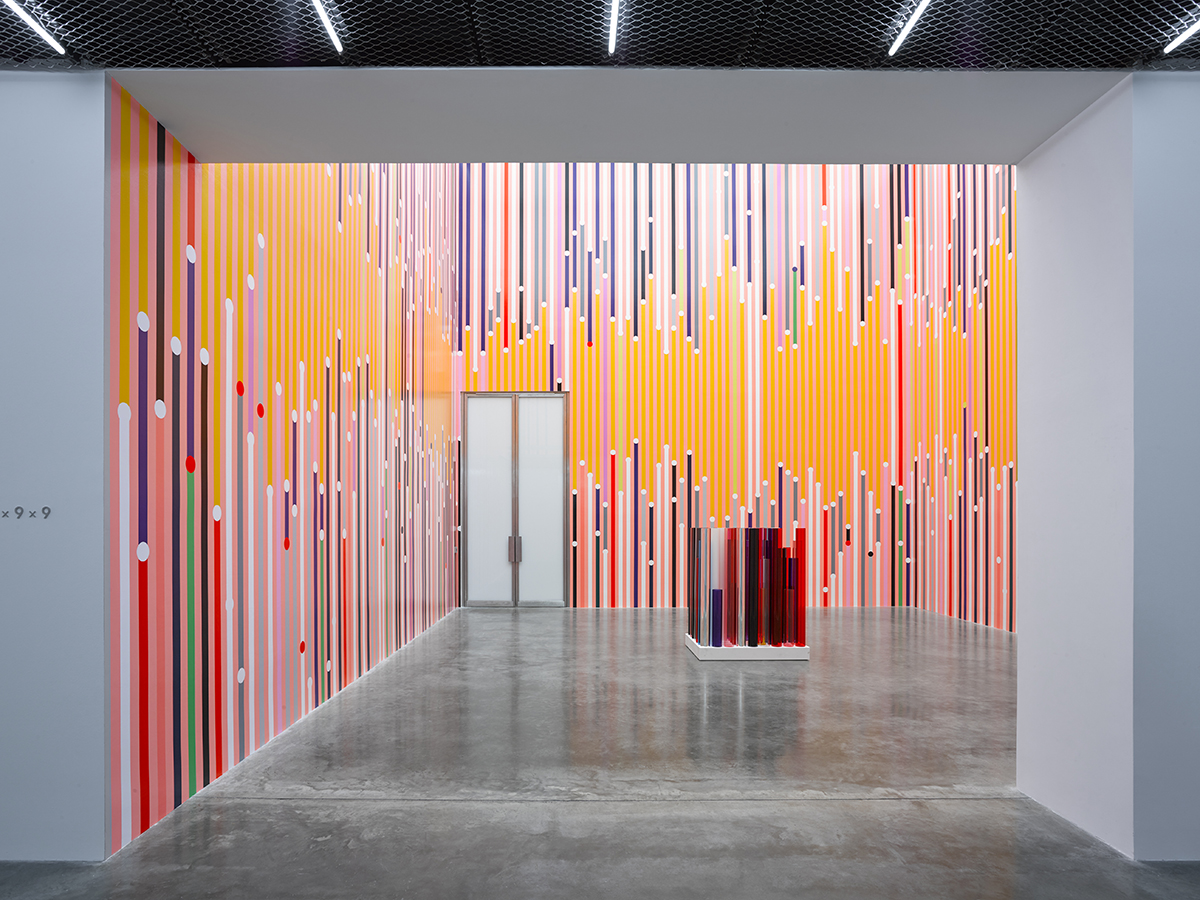



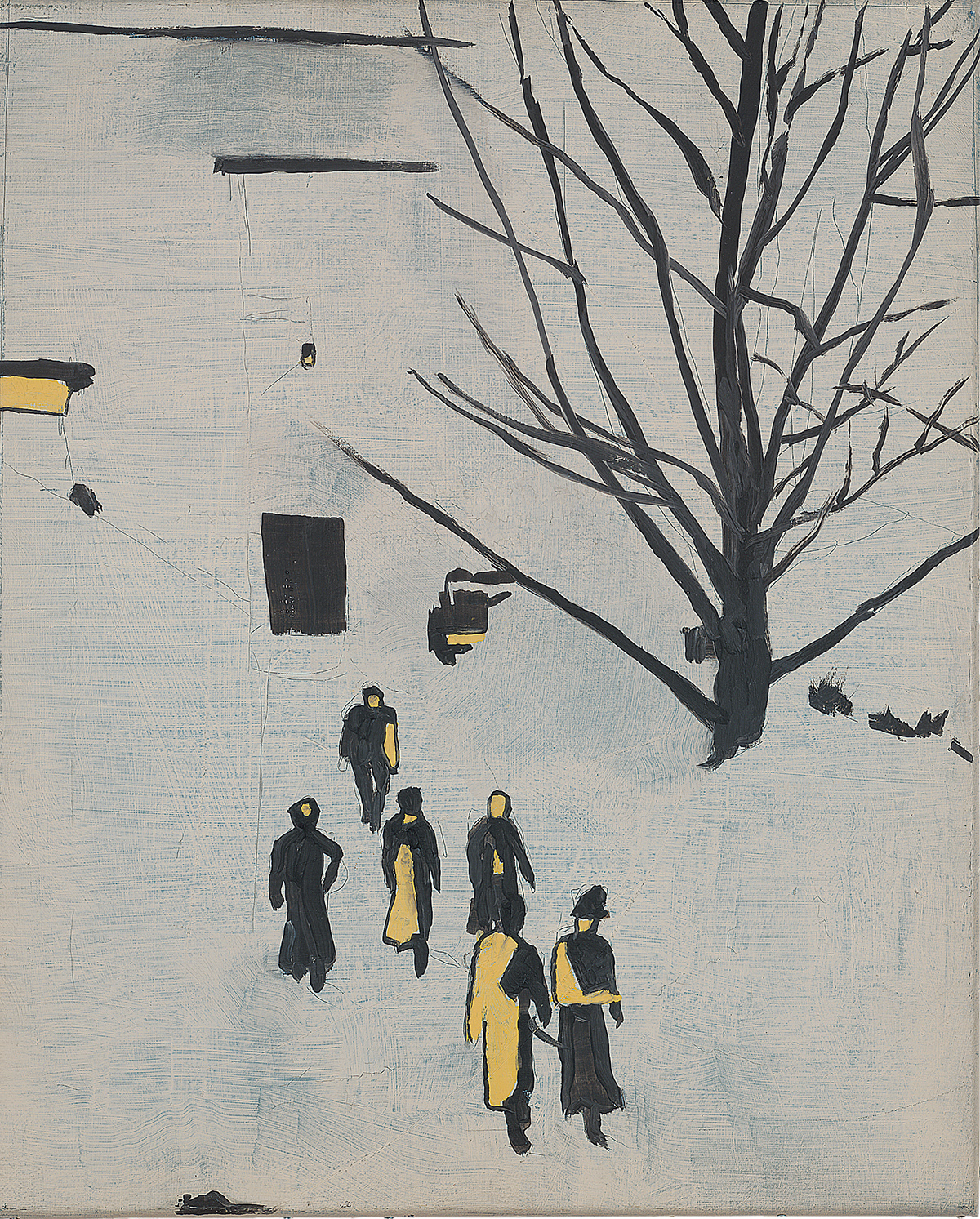







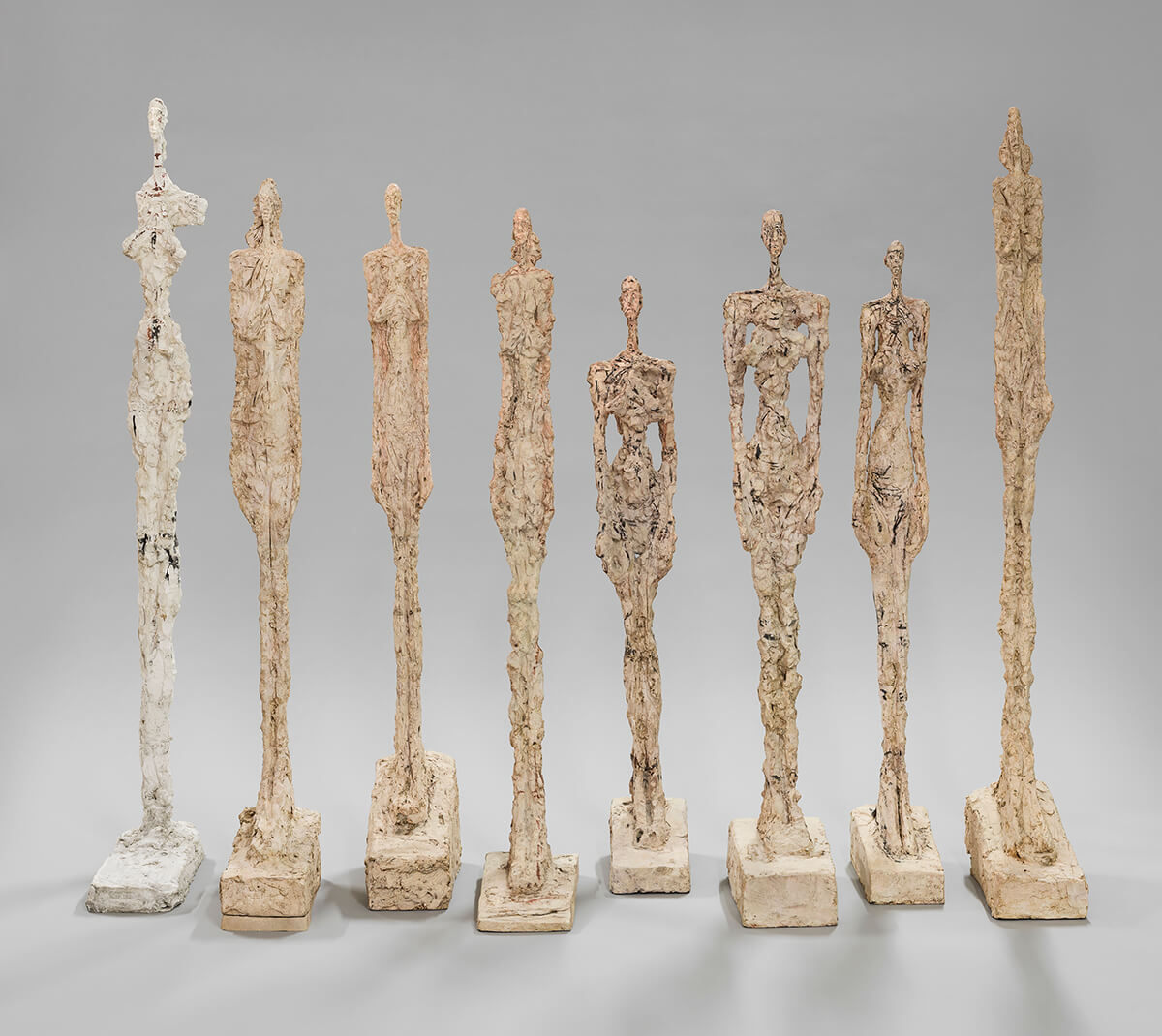
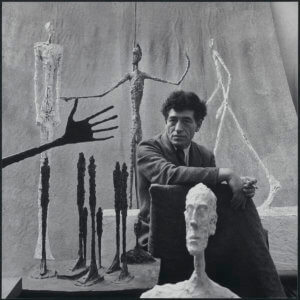

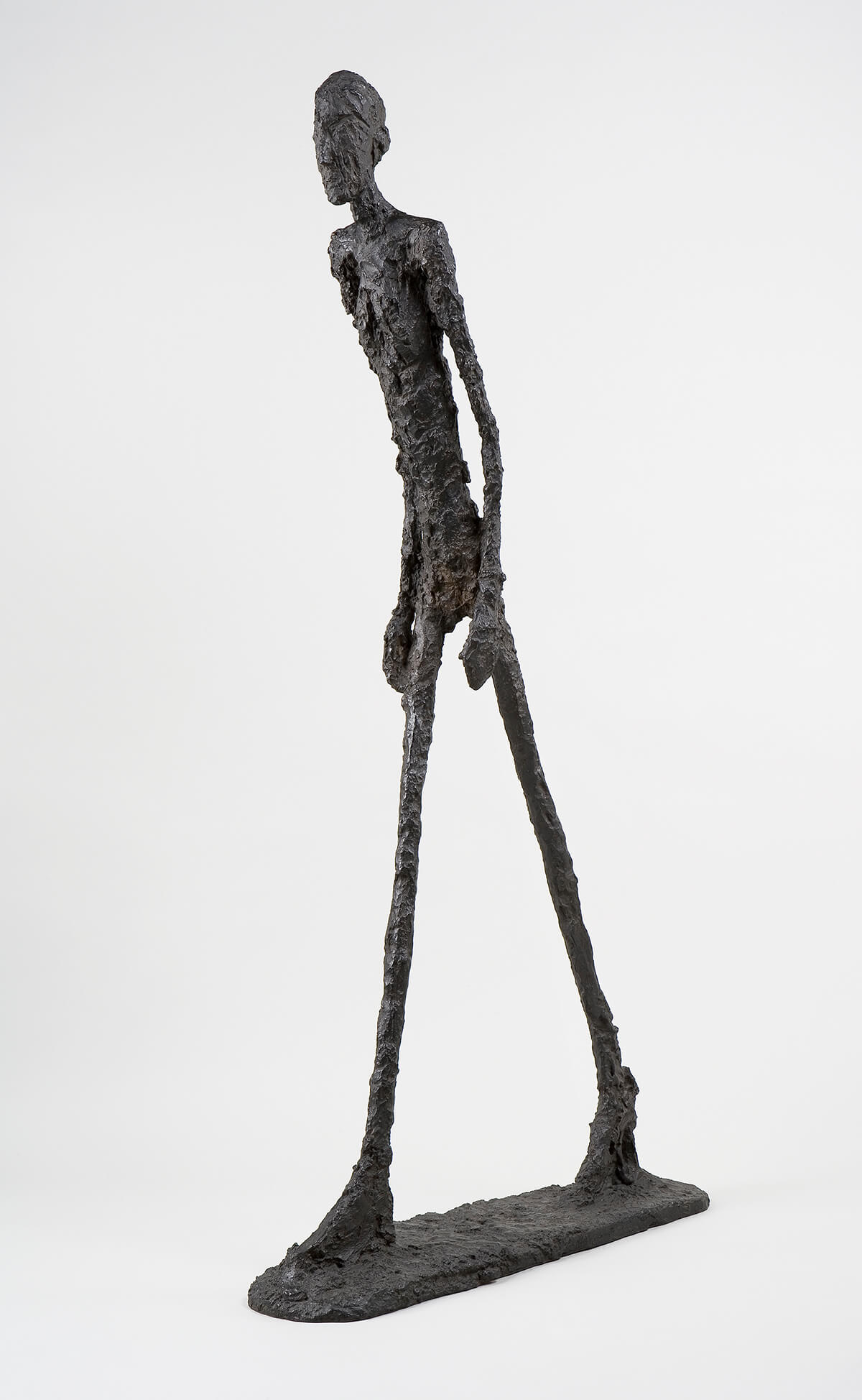


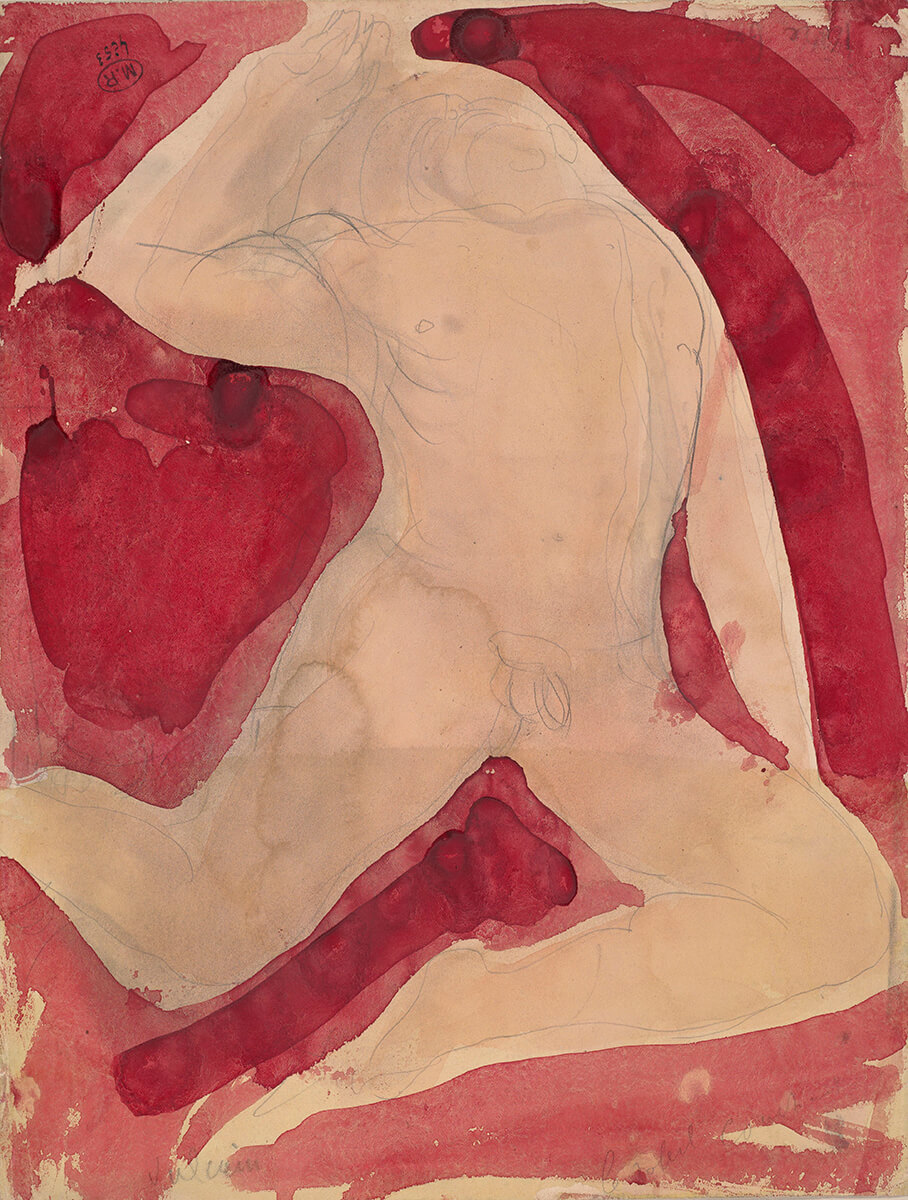











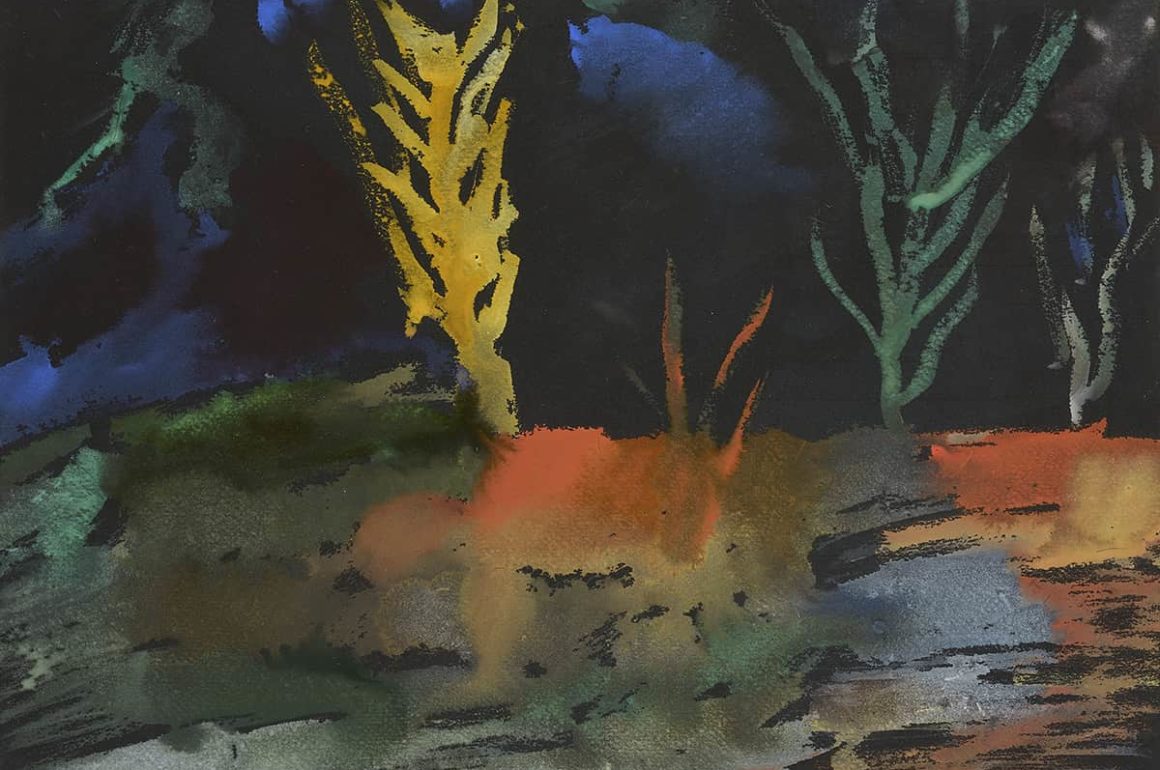



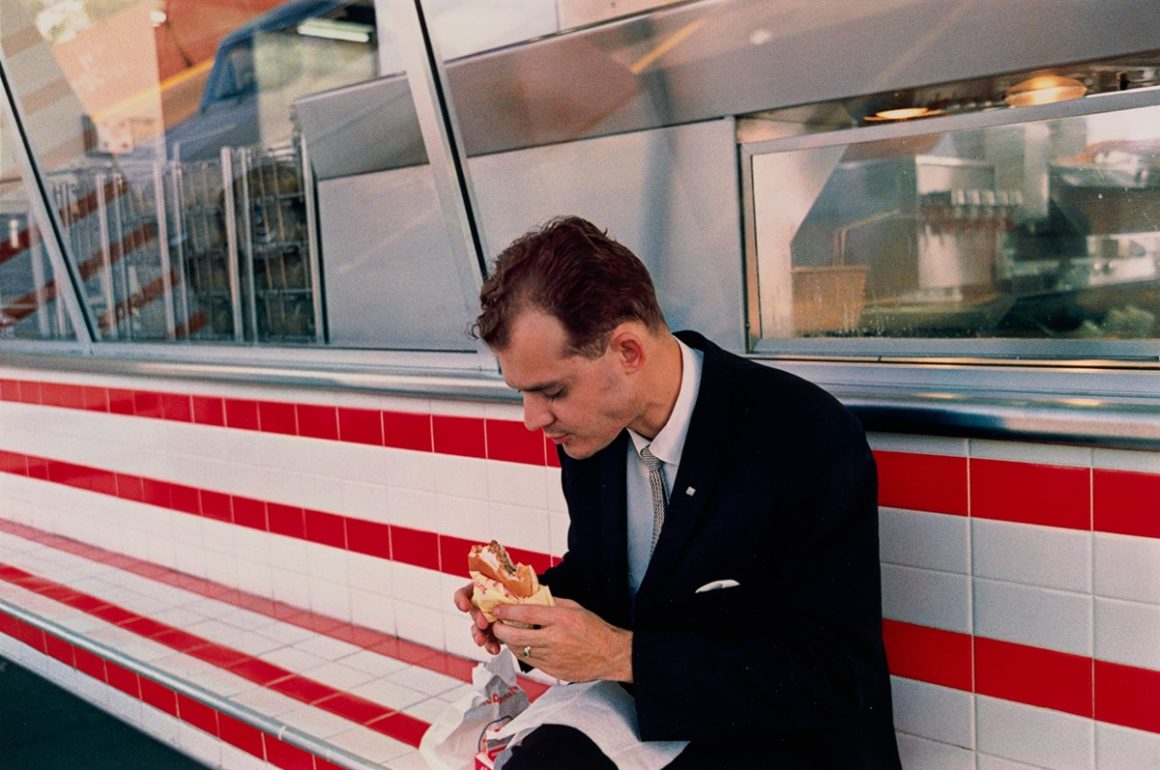







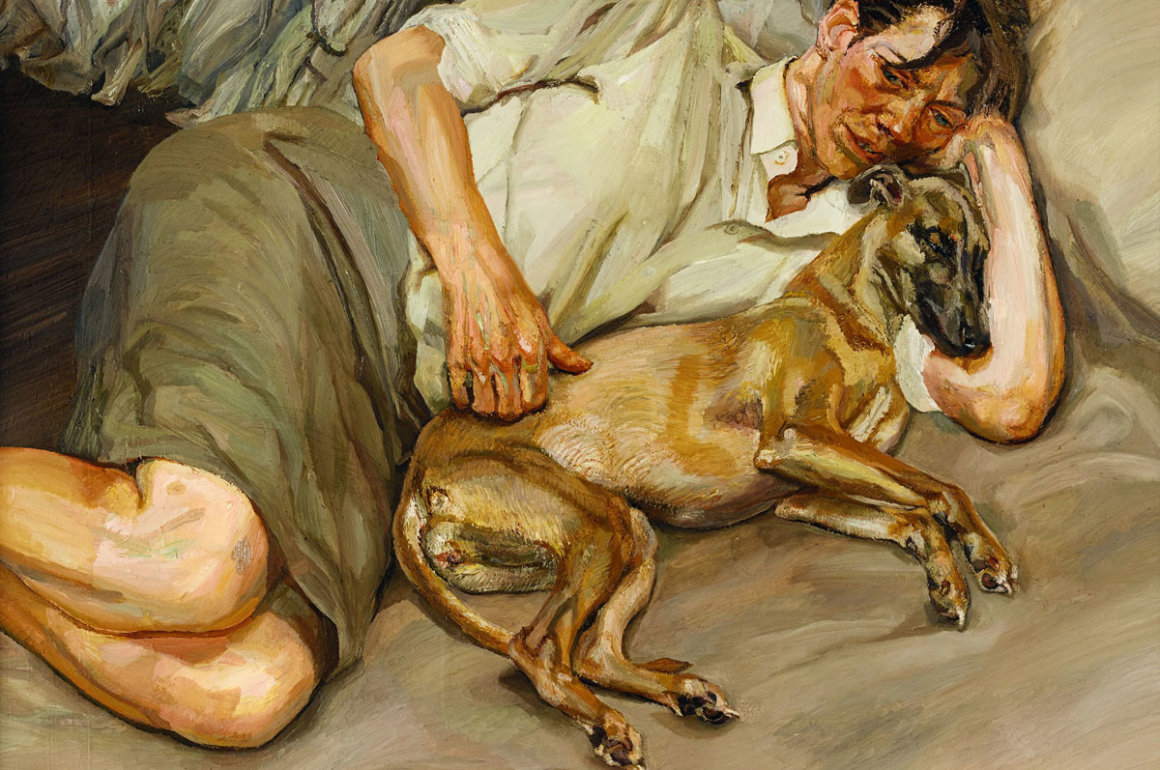








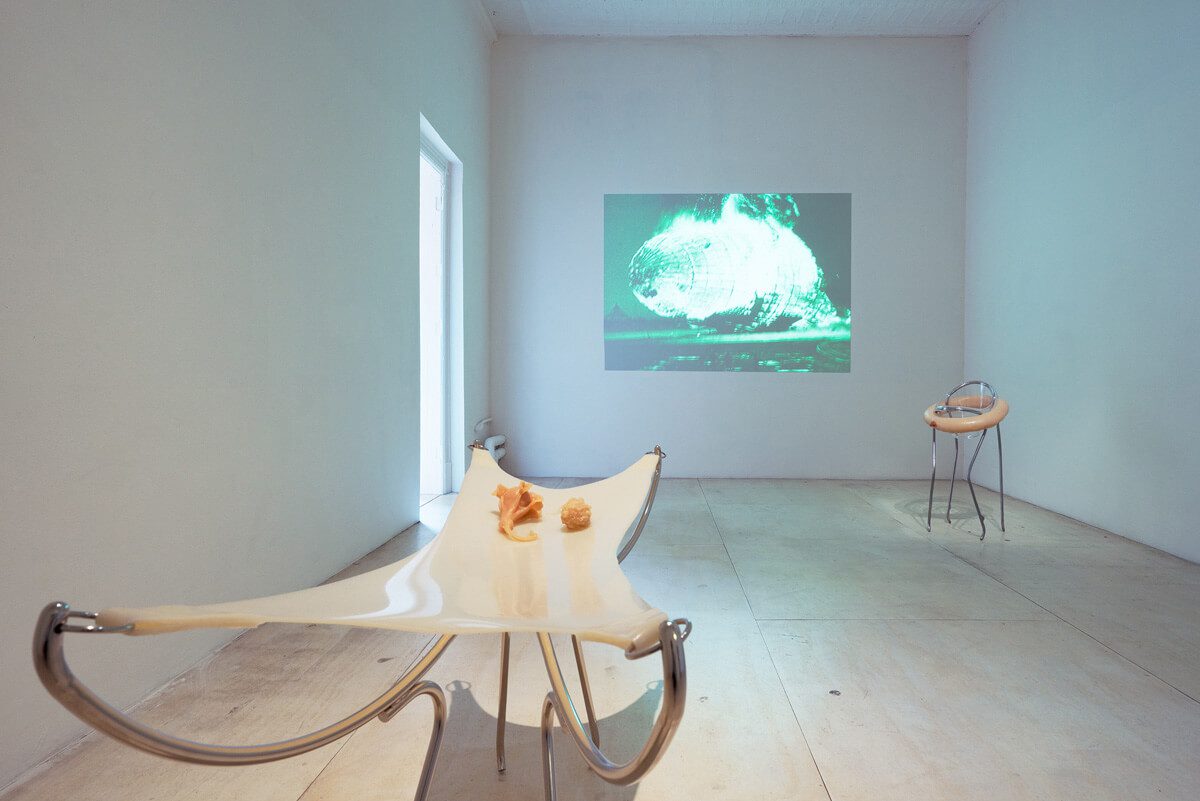


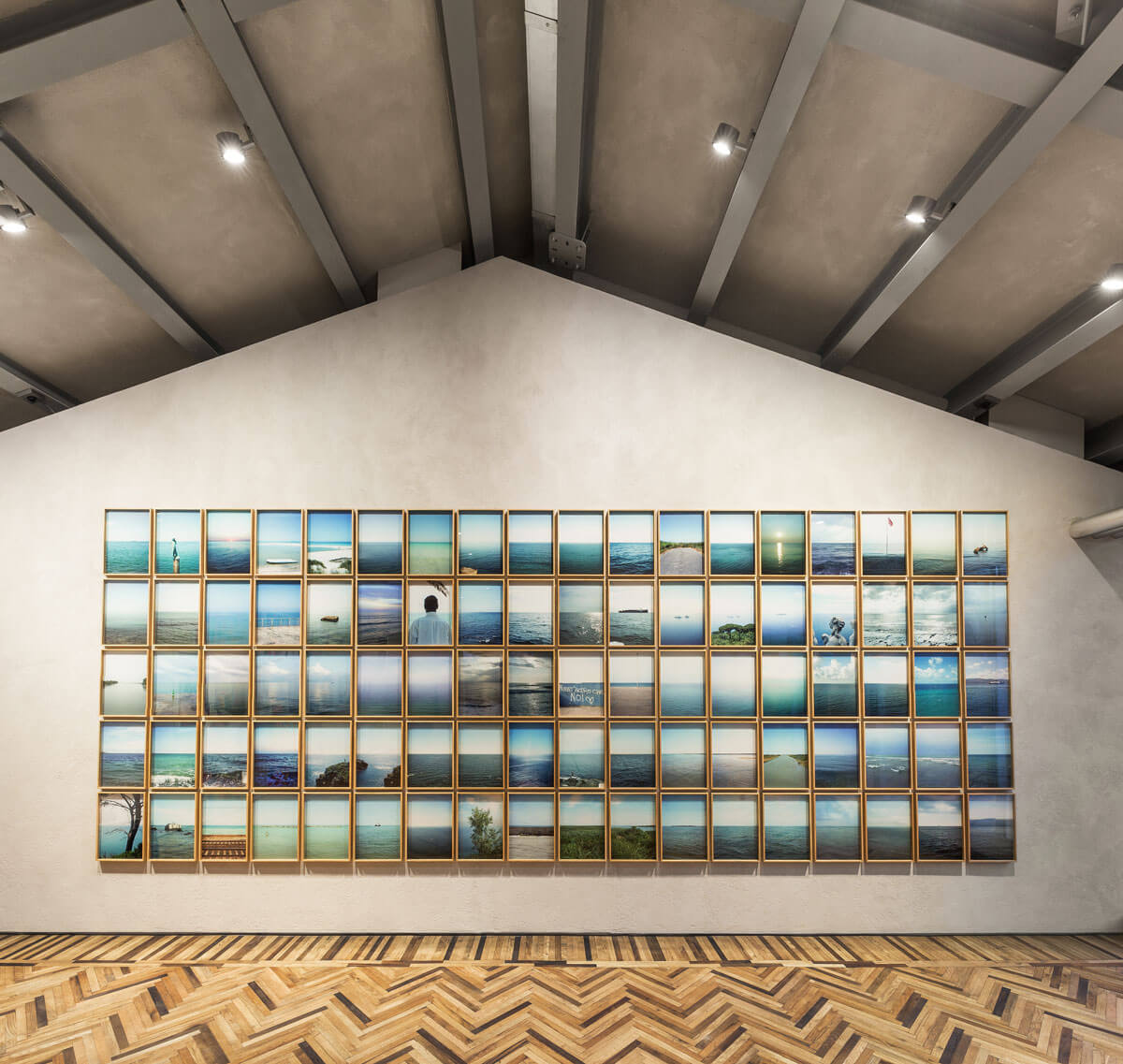





Recent Comments